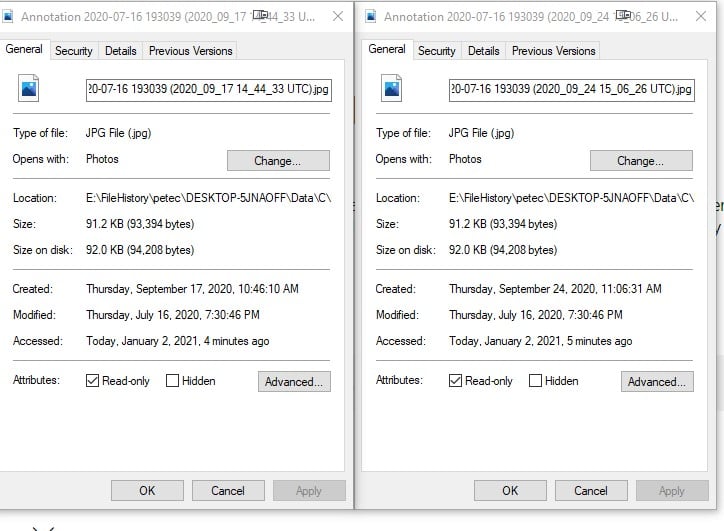

- #Running multiple copies of blender software how to
- #Running multiple copies of blender software movie
- #Running multiple copies of blender software trial
#Running multiple copies of blender software trial
First, and yes it took some trial and error to figure out, you need to launch Command Prompt for Windows to run this batch operation.
#Running multiple copies of blender software how to
For those like me who have no idea how to take what is written above and make it work for your project, here is what I did:Ĭd "C:\Program Files\Blender Foundation\Blender"īlender -b "E:\Project Folder\03_projects\Blend Files\Render Me.blend" -S Scene_1 -a -S Scene_2 -a The answers above worked for me (on Windows 10) but only after I did some research. This renders the animations in four scenes in total: scenes A1 and A2 in file A.blend and scenes B1 and B2 in file B.blend. Note that a file name just means “open this file.” You can also render scenes in different files in one batch by using a command line like: blender -b A.blend -S A1 -a -S A2 -a B.blend -S B1 -a -S B2 -a Make sure you set the output directories and the file names of each scene correctly in the blend file so that the render result from one scene will not be overwritten by the render result from another scene.


If you have saved all the necessary settings such as the start and end frames, the output format, and the output file names in your blend file and all you want is just render the animations in specific scenes, then you do not have to specify many command-line options and you can do it with just blender -b file.blend -S Scene1 -a -S Scene2 -a To get a better understanding of the parameters, you can see the wiki.Īs iKlsR wrote, you can use command-line options to render scenes in batch. However launching blender isn't typically a bottleneck, so it may end up being less trouble to run a new blender instance for each scene. You could also do this in one command - as follows: blender -b file_name.blend -x 1 \ bat blender -b file_name.blend -x 1 -S scene_name001 -o //file -F AVI_JPEG -s 1 -e 250 -aīlender -b file_name.blend -x 1 -S scene_name002 -o //file -F AVI_JPEG -s 1 -e 250 -a To avoid certain problems where similar files can get overwritten, its best to use a script to render each scene on a different line. The above command should render whatever scene name you specify to -S. S: sets the scene name to render (spaces in the name are not supported) Important: You can use -s or -e, but if they're not in order, they'll not work! s: 001 -e 250 -a set the start frame to 001 and end frame to 250. o: sets the directory + Target image file
#Running multiple copies of blender software movie
x: is used to add an extension to the movie Yes, you can use blender -b file_name.blend -x 1 -o //file -F AVI_JPEG -s 001 -e 250 -S scene_name -a


 0 kommentar(er)
0 kommentar(er)
